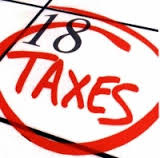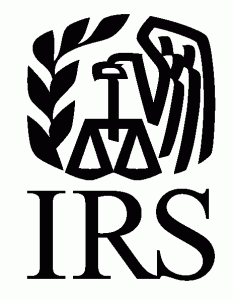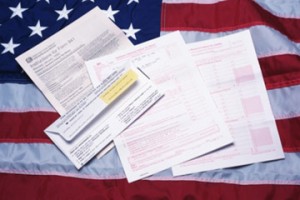Small Business in North Carolina
by Russell Barker
Did you know there are approximately 833k small businesses in North Carolina? That’s a pretty big number. Why we are talking about this now? It is tax season and companies and individuals are gathering their information in order to either prepare or have their accountants their tax returns. You may or may not understand the process to get your tax returns accurately prepared and timely filed. I wanted to give you some guidelines to help.
Some people might think that gathering all their personal information and getting some of the business information is all you have to do. The reality is that your first objective is to have your business’ books completed accurately. You should ensure that all the bank accounts (including credit cards and loans) are updated and reconciled. Be certain to capture any supplies or equipment purchased near year-end in your books. This will ensure that you obtain the proper expense and depreciation deductions you are entitled to.
The reason to get your company books in order first is because most small business (sole proprietor, Sub-S, Partnership, LLP, LLC) income will flow into your personal return. It is important that you or your tax preparer has all the proper information to complete both. Delays in the business returns will cause delays in having your personal returns processed.
This is just a quick reminder for you to think about so you can prepare all supporting documentation and have it ready for your tax preparer.
Remember 2015 taxes are due April 18th! Contact Langdon & Company LLP for help in getting 2015 tax return prepared or extended.
Russell ([email protected]) is part of Langdon & Company’s Accounting Services department. He works primarily with doctor’s practices.




 For many entrepreneurs, the biggest question they should ask themselves after deciding what kind of business they want to have is what kind of entity should the business be established as? This is very important since the choice they make can have a long-term impact on their profitability and security. This article will address some of the benefits of Incorporating a Sole Proprietorship into a subchapter
For many entrepreneurs, the biggest question they should ask themselves after deciding what kind of business they want to have is what kind of entity should the business be established as? This is very important since the choice they make can have a long-term impact on their profitability and security. This article will address some of the benefits of Incorporating a Sole Proprietorship into a subchapter 








 Wednesday, Thursday, and/or Friday by the following Wednesday.
Wednesday, Thursday, and/or Friday by the following Wednesday.


